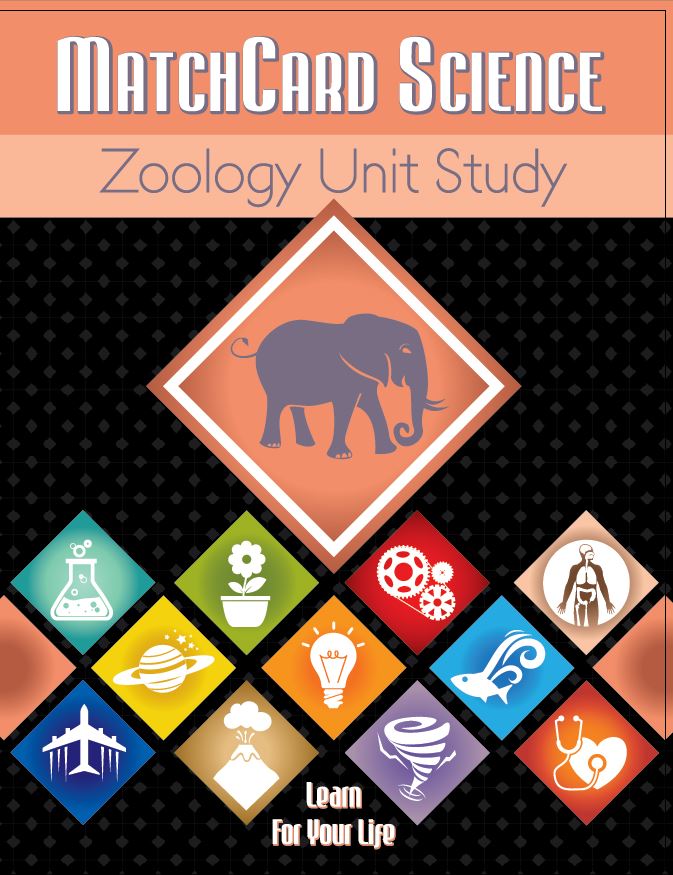Food Chain Worksheets
Food chain lesson plan, activities and MatchCard
These food chain worksheets are from the MatchCard Science Zoology Unit Study.Free Download Below
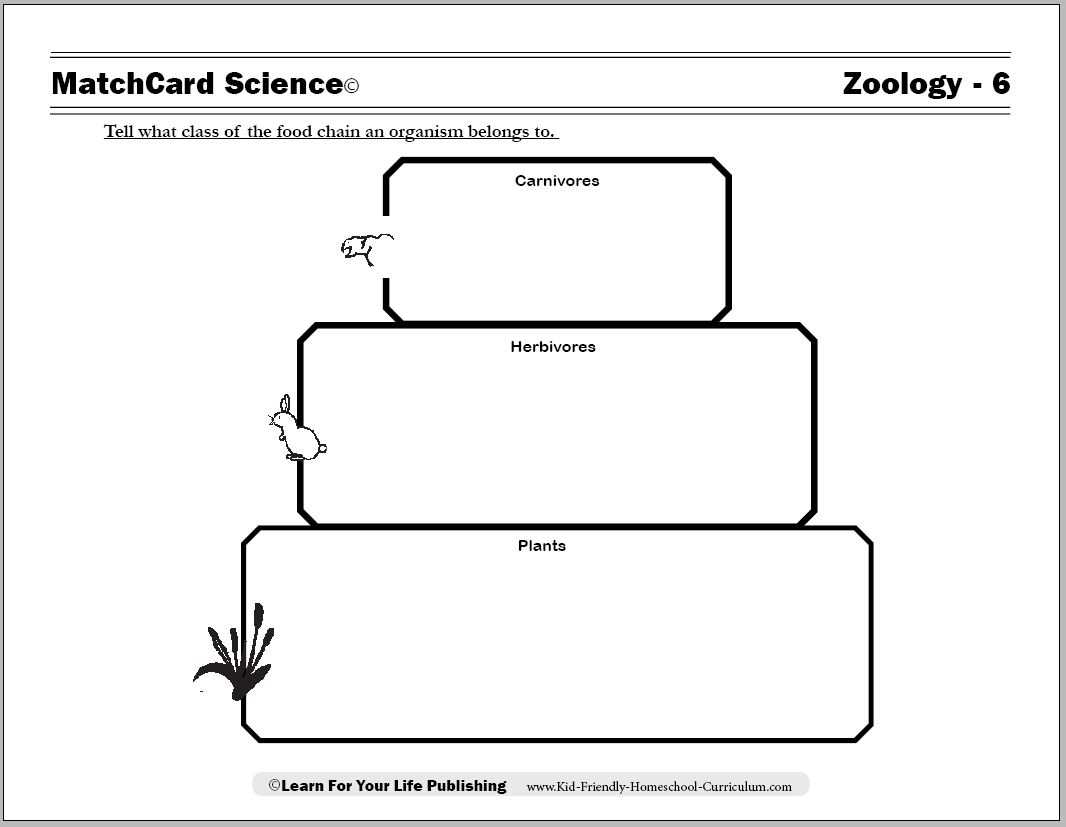
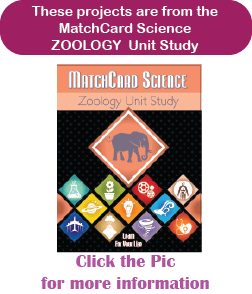
MatchCard Science Food Chain Worksheets
Objective: Tell what class of the food chain an organism belongs to.MatchCard: Download below.
Download and Use the Food Chain MatchCard


Click the image to go to the download
This is MatchCard #6 of the Zoology Unit Study. Find more information on MatchCard Science below.
Food Chain Lesson Plan
Most students have some concept of what the food chain is: animals eat other animals. This lesson systematically teaches that the plant kingdom is the basis of the food chain, which is consumed by primary consumers. The primary consumers are subsequently consumed by secondary consumers.Food Chain Activities
Top to Bottom
Start with a meat-eating animal like a lion. Write "lion" on a large sheet of paper (like a poster board.) Don't use large letters and write it in the middle of the poster. You can also use regular sized paper - just write small.What is one thing a lion eats? Write that below lion and draw an arrow from the lion pointing to it's prey.
What does that animal eat? Write it and point to its food source the same way. In most cases, the first animal is a carnivore which eats a herbivore, which eats a plant (but not always.)
Explain this is a food chain and you will be learning more about them.
Bottom to Top
Now see if they can think of a food chain starting with a plant and going up to a carnivore. Add this to the same poster board. Save the poster board for another activity.Pictures of Food Chains



What Is a Food Chain?
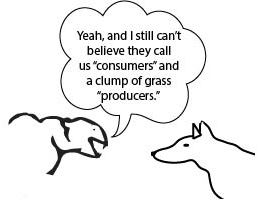
Producers
In a food chain plants are called producers. Why? (Answer: They produce the food for the rest of the organims on the planet.)If you already have done the Botany Unit Study, you can explain that the process of photosynthesis results in glucose formation.
Ask them to list different types of plants. Remind them of some less familiar types such as fungi, seaweed, etc.
Primary Consumers
Plant eaters are primary consumers. Here are three vocabular terms the student needs to know. Some of these may be familiar:- Herbivore: Plant eater
- Consumer: Someone or something that consumes (eats or uses)
- Primary: First
Secondary Consumers
Meat eaters are secondary consumers. Likely your students are familiar with the terms:- Carnivore: meat eater
- Secondary: second
Food Chain Games
Name that Chain
This can be done as a speed game. It can be done as a competition by two kids (or two or more groups of kids.)Write as many food chains as you can think of. Do not use any animal or plant more than one time. Do not use any resources to help you.
Give a ten minute time limit to prevent boredom. Save all their food chains to add to the poster started yesterday.
Food Charades
For fun, let each student do a charade of one of their food chains while others guess.Food Web Poster
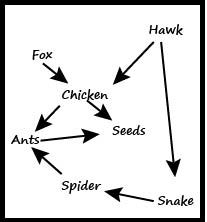
One at a time, let each student or group list one of their examples and add it to the poster.
If someone uses a plant or animal already added by a different student previously, use the same word on the poster but use two different arrows.
For instance, here are two food chain examples written by two different students:
- Fox > Chicken > Seeds
- Hawks > Chicken > Ants
Food Web
Soon, if the students have enough examples, their will be arrows going all over your poster. Explain that this is the food web. Most carnivores eat more than one type of herbivore and most herbivore eats more than one type of plant. It demonstrates the inter-connectedness of the food supply.Stack Em
Create a food chain game by printing pictures (or drawing them) of different animals and plants. Glue the pictures either to index cards or styrofoam cups. Write the names of the organism below the pics.Play a game by putting two cards (or cups) on the table between the players. On their turn they have to add one of their cards (or cups) to the stack on the table. If they can't, they miss a turn.
Your Local Food Chain
Go to a pond, creek or river. Take some bread crumbs or popcorn.Put some of the bread on the water and some on the ground. Watch what animals eat the food. If you can, take photos of the primary consumers.
Imagine what secondary consumers are likely to prey on those primary consumers.
You now have an example of a local food chain.
MatchCard Science
How To Use MatchCards

Download the FREE MatchCard Science Instructor's Guide and see how MatchCards can make building their science knowledge base fun.
12 Science Unit Studies

Chemistry is only one of twelve complete unit studies for kids in 3rd to 8th grade.
Comprehensive objectives, hands-on projects, suggested science fair experiments, and the fun game-like MatchCards keep them interested in learning science. See all twelve MatchCard Science Unit Studies.
About Our Site
Hands-On Learning



